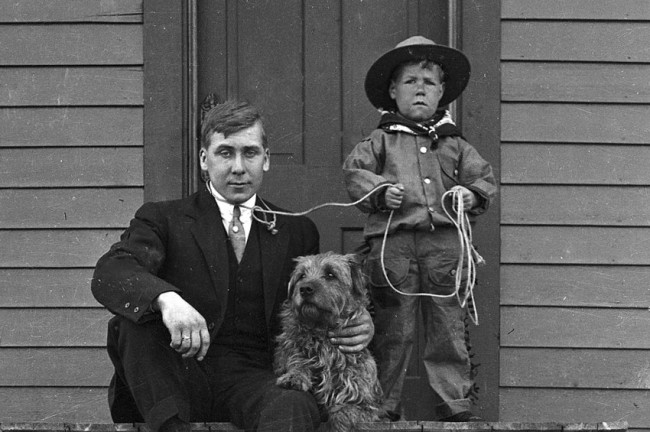Avoid lawsuits, understand your customers, members and employees, increase profits and make the world a nicer place
A recent New Yorker article, “The Engineer’s Lament,” looks at well-publicized auto recall failures from an engineering perspective. In the famous cases of the exploding Pinto in the 1970s and Toyota’s sudden acceleration problems in 2009 and 2010, the car companies “[knew] about the problem[s] and didn’t fix [them],” leading to litigation and terrible publicity for both companies. Author Malcom Gladwell seeks to answer the question, “Why not?”
Gladwell builds a pretty good defense for the engineers and how from their perspective, these crashes were a small part of the safety issues the car companies were dealing with at the time, and an even tinier fraction of the deaths caused by driver error during the same time periods (speeding and drunk driving being the top examples).
But isn’t it possible that the Ford Motor Company was indicted for the reckless homicide of three teenage girls, because by choosing to ignore a problem that would inevitably lead to death—even in a minuscule percentage of cases—they didn’t appear to have any empathy?
Merriam-Webster defines empathy as “the ability to understand and share the feelings of another.“ It doesn’t only come in handy at funerals. Let’s say you’re not manufacturing cars; ignoring empathy probably won’t get you indicted. But even for a small business, social media can turn an insensitive oversight into a publicity nightmare.
On the other hand, being empathetic allows you to put yourself into the mind of your customer and fulfill their needs. Or, just not treat them like a jerk. After discount airline Ryanair’s executive, Michael O’Leary (famous for calling his passengers “stupid“) decided to offer better customer service, the company’s numbers turned around.
Empathy can bring you closer to the people you’re trying to serve and increase your profits. Consultancy company Lady Geek has devoted itself to “transforming the way companies engage and sell to women.” They’ve even ranked the top 100 UK corporations on an empathy index. Ryanair made it into the list after cleaning up their act.
How empathetic are you? Can you boost your empathy?
Curious about your own individual empathy? You can take an EQ (empathy quotient) test here.
If your score isn’t very high, there’s hope for improvement. The School of Life in London founding faculty member Roman Krznaric advises Oxfam, Friends of the Earth and the United Nations on using empathy and conversation to create social transformation. In his article, “Six Habits of Highly Empathetic People” Krznaric says there are practices you can cultivate to “make empathy an attitude, and a part of our daily lives”:
- “Habit 1: Cultivate curiosity about strangers.”
- “Habit 2: Challenge prejudices and discover commonalities.”
- “Habit 3: Try another person’s life.”
- “Habit 4: Listen hard—and open up.”
- “Habit 5: Inspire mass action and social change.”
- “Habit 6: Develop an ambitious imagination.”
As long as you aren’t a curmudgeonly introvert, cultivating these habits is likely to improve your understanding of others and make the world a little nicer. And these practices are all adaptable for application by a business, organization or non-profit.
Being empathetic also applies to the design of products, communications and marketing campaigns. Whether it’s a restaurant menu, a product, a package, a website or a report, both you and your design partner should be thinking about your audience at the very beginning of the planning process.
How to evaluate the empathy of a design
- Put yourself in your customer, client or member’s shoes. If you realize you don’t know much about your audience, learning more is a good place to start.
- Ask yourself what they need and what is the best way you can fill that need. This might even cause you to rethink whatever you were thinking of giving them before you put yourself in their shoes. Maybe they don’t need or want a thirty page report or a discussion forum.
- Have conversations with your target audience (the people who need what you are offering). Personally, I prefer small sample group, real, one-on-one conversations. If you send me a survey online or ask me to take one on the phone, I don’t think you’re very empathetic. If you could put yourself in my shoes, you’d understand I’m too busy to fill out an online survey or sit on the phone longer than necessary.
- A/B test your website. Want to know what works better for your visitors? Test it!
- If you use social media, monitor it. Listen and open up in your response. If someone has a complaint, a sincere admission of fault and apology will go a long way toward showing that you care.
I’d love to talk about how we could apply empathetic design thinking to your next project. Please get in touch.
